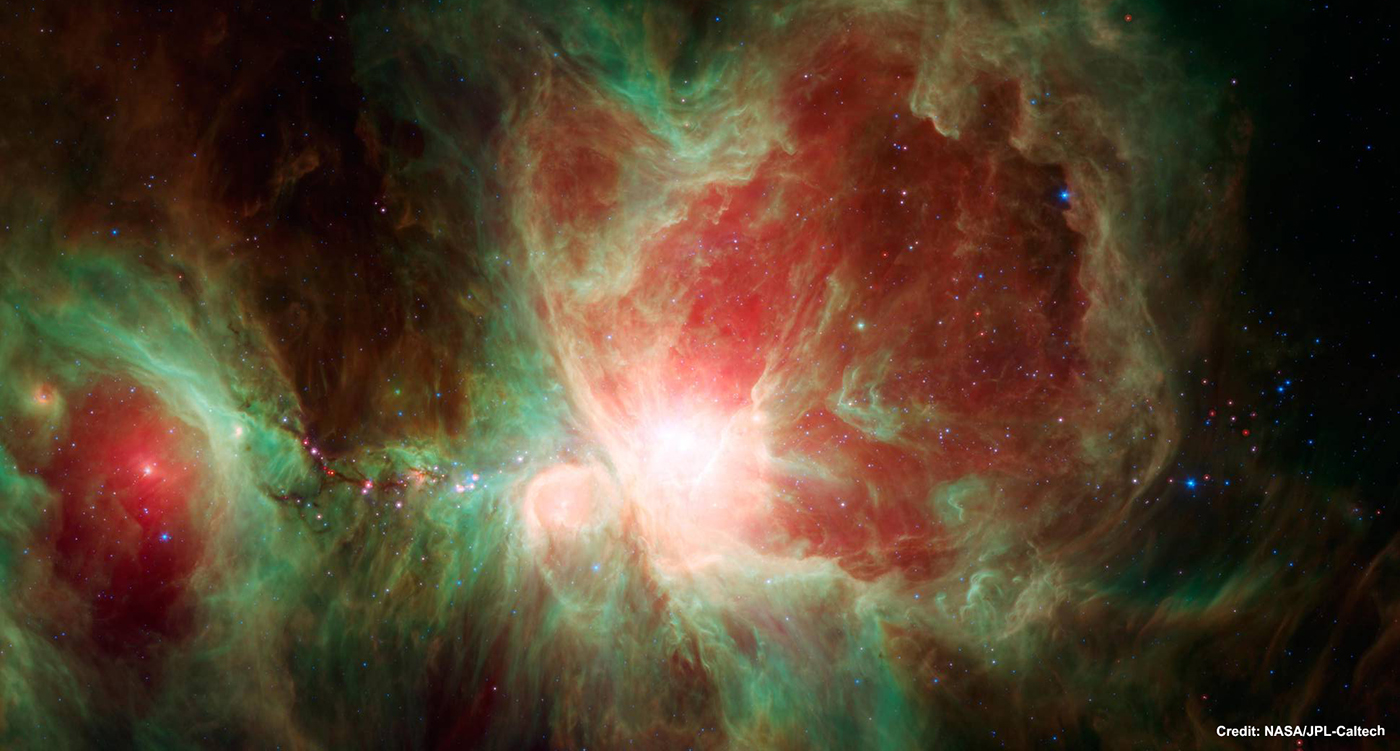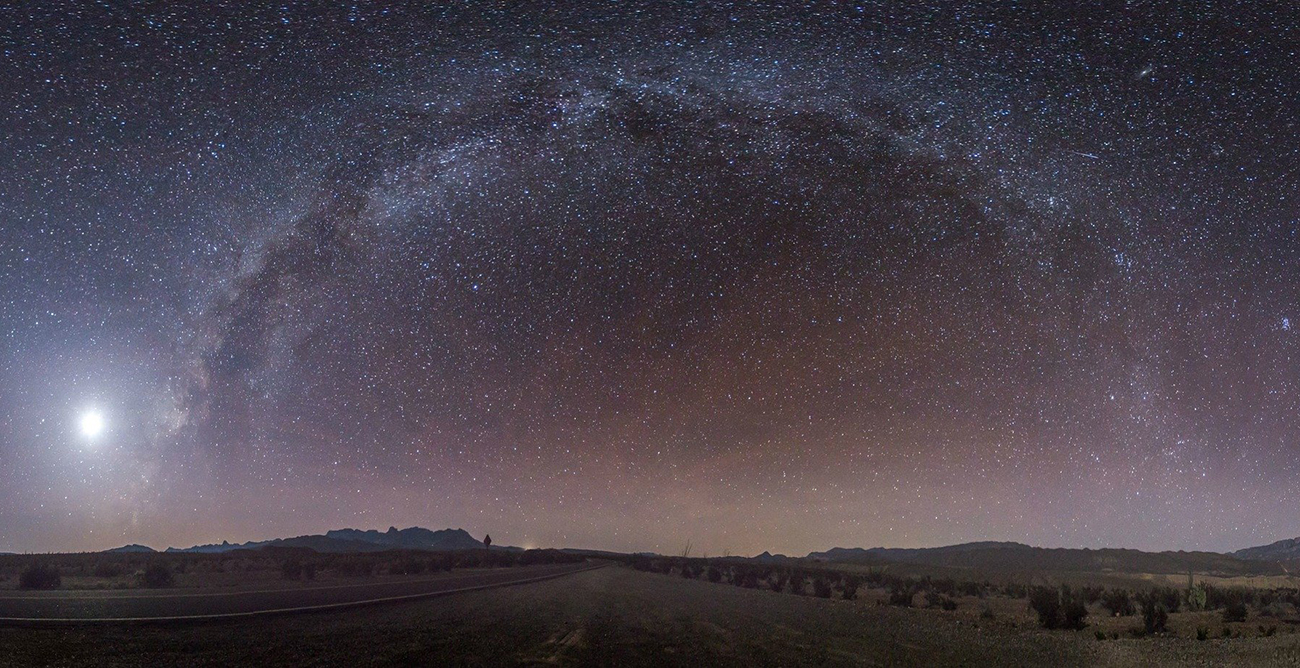A star is a gigantic ball of gas in outer space that burns hot and bright in the night time sky. From the Earth, with the exception of our own star, the Sun, all stars look like tiny points of light. They will appear to vary in brightness and look two-dimensional on the dome of the sky. It is difficult to know how far away and apart they are, or how big and hot they are just from using our naked eye alone.
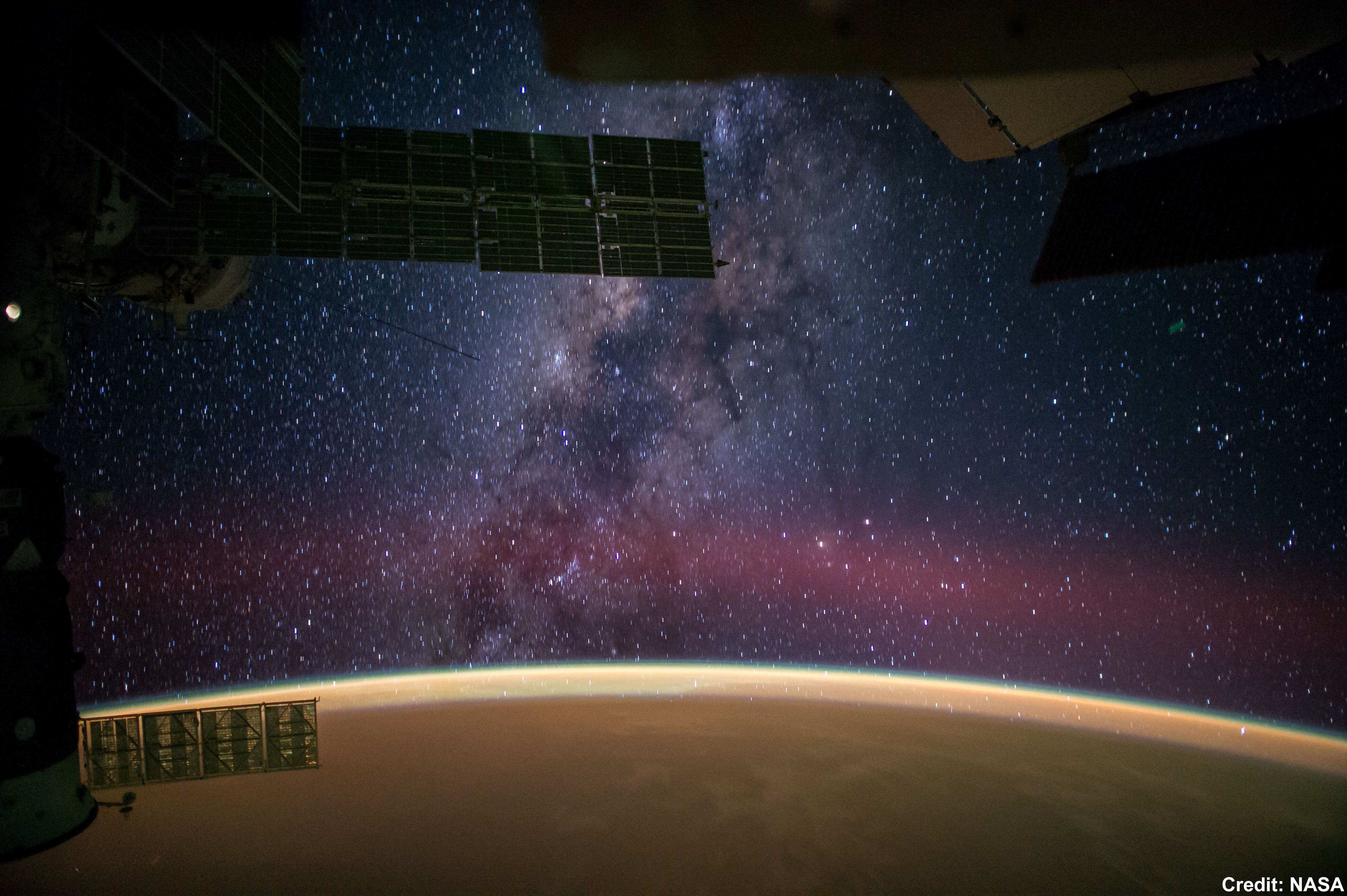
When trying to understand the stars in the night time sky, there is no better model than the Sun. It is very close, so we can study it easily, and from comparing our sun to other stars we find that every other star is in essence the same as the Sun. They are all shining by the power of the same process, although they are all different in their size, brightness and surface temperatures.
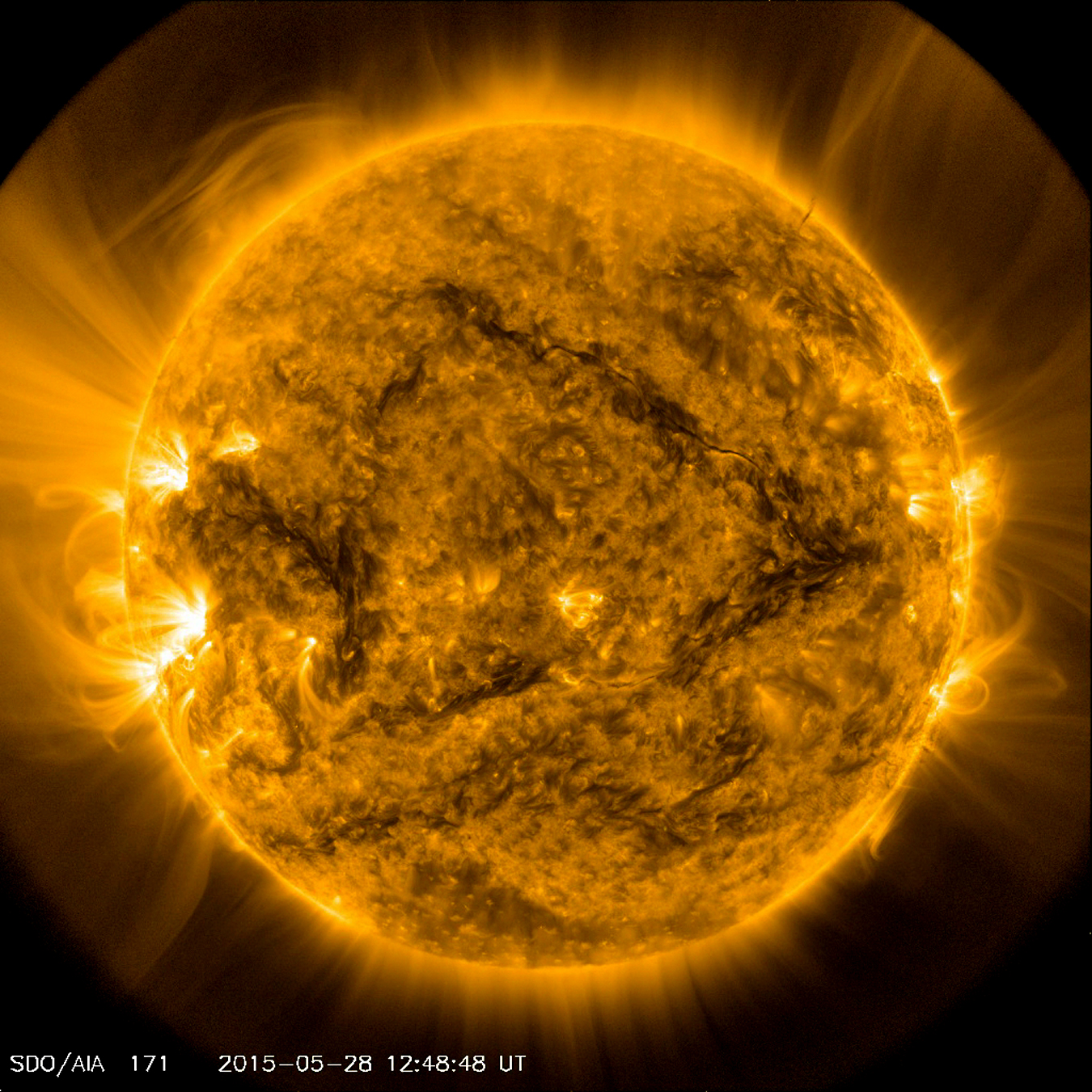
The Sun is around 5500oC on its surface and gives out heat, light and other energy that reaches far into our solar system and beyond. This non-stop energy is made in the core of our sun, where the temperature exceeds 15 million oC! At these temperatures, the hydrogen gas that makes up most of the Sun can fuse together. This nuclear reaction keeps happening again and again. Nuclear fusion powers our sun, and all of the stars we see in the universe.

But just like the petrol tank of a car, a star will not have fuel forever. Our star has been burning for 4.6 billion years - one day it will run out of fuel. When it does, it will swell to a much larger size and shed its outer layers. Much bigger stars than our Sun end up exploding with so much force they create heavier and richer elements, such as gold, in their explosion. An exploding star is called a supernova. In the case of some star deaths, the material becomes a nebula (a cloud of gas and dust) that eventually becomes new stars, and new solar systems. The universe is excellent at recycling!
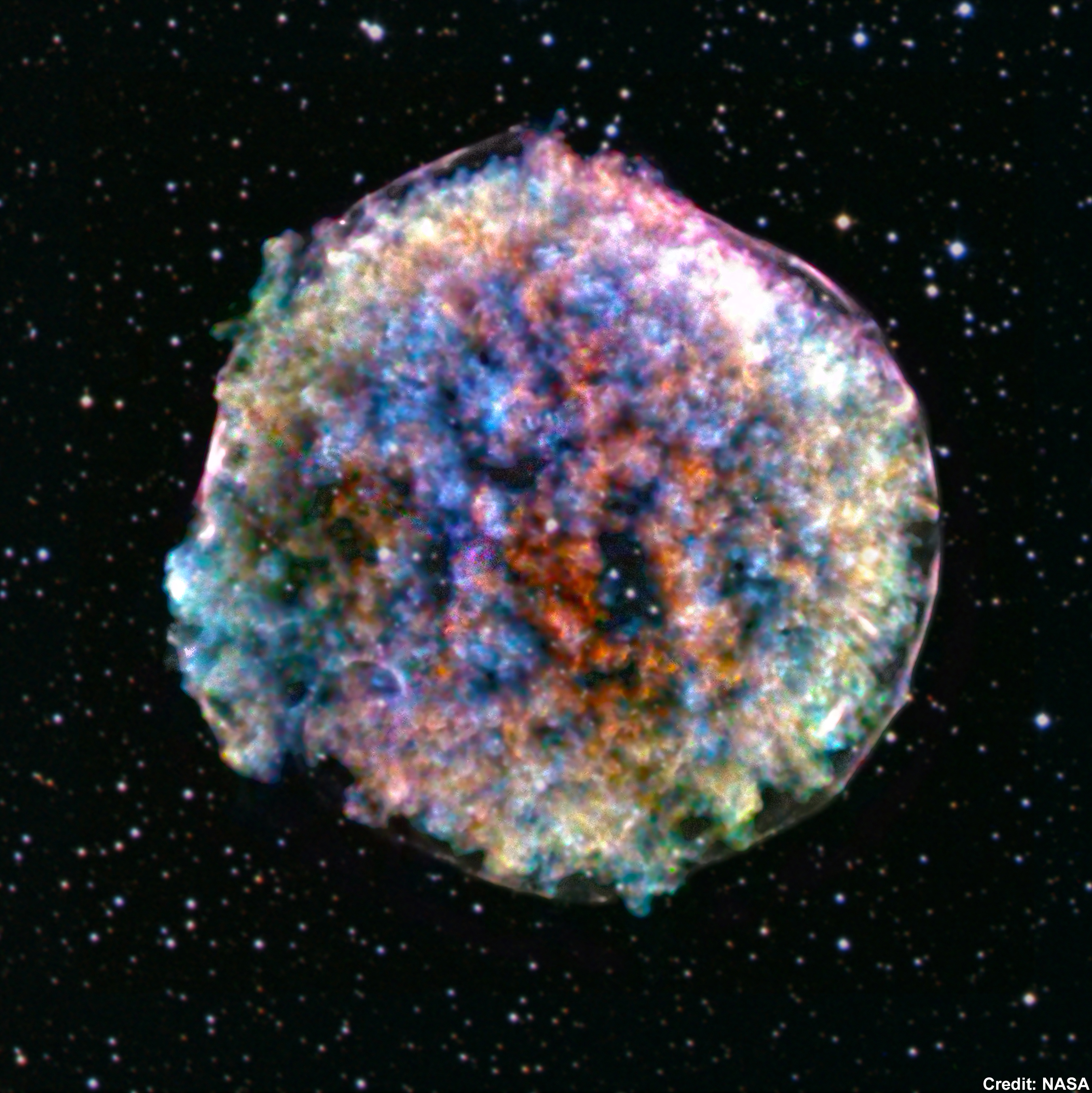
The death of the Sun will not happen for another five billion years however, so there is no need to panic! However, the life span of all stars is not the same as the Sun. Some stars are small and burn slowly, coolly. Other stars are huge and burn fiercely. The larger and hotter the star, the shorter it’s lifespan. The different temperatures of the stars will affect which colour of light they emit the most. So, some stars are red, and cold and others are hot and white blue.
